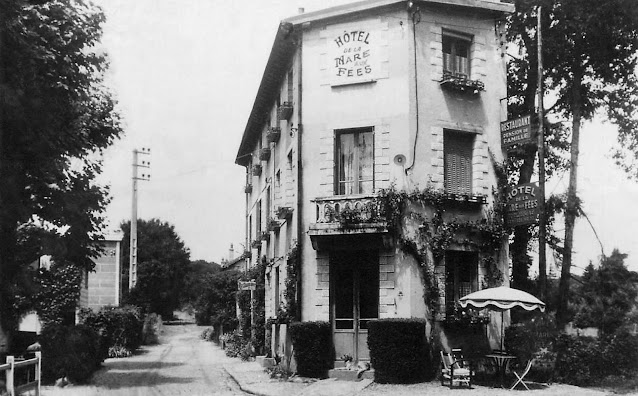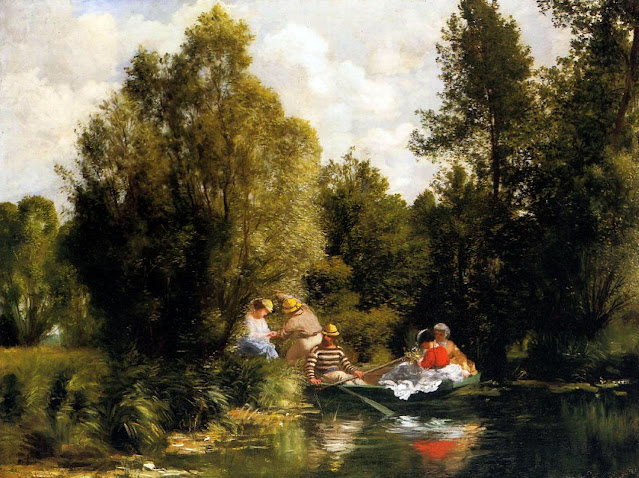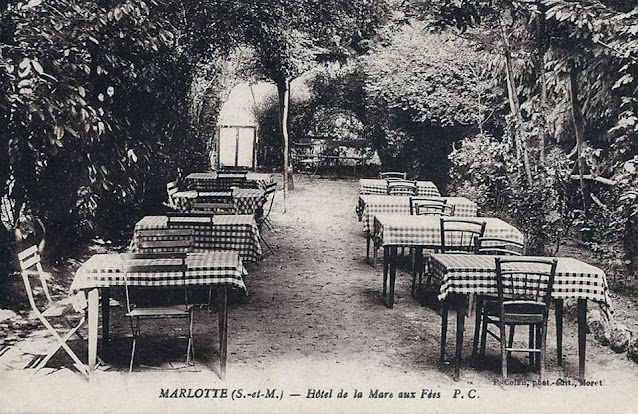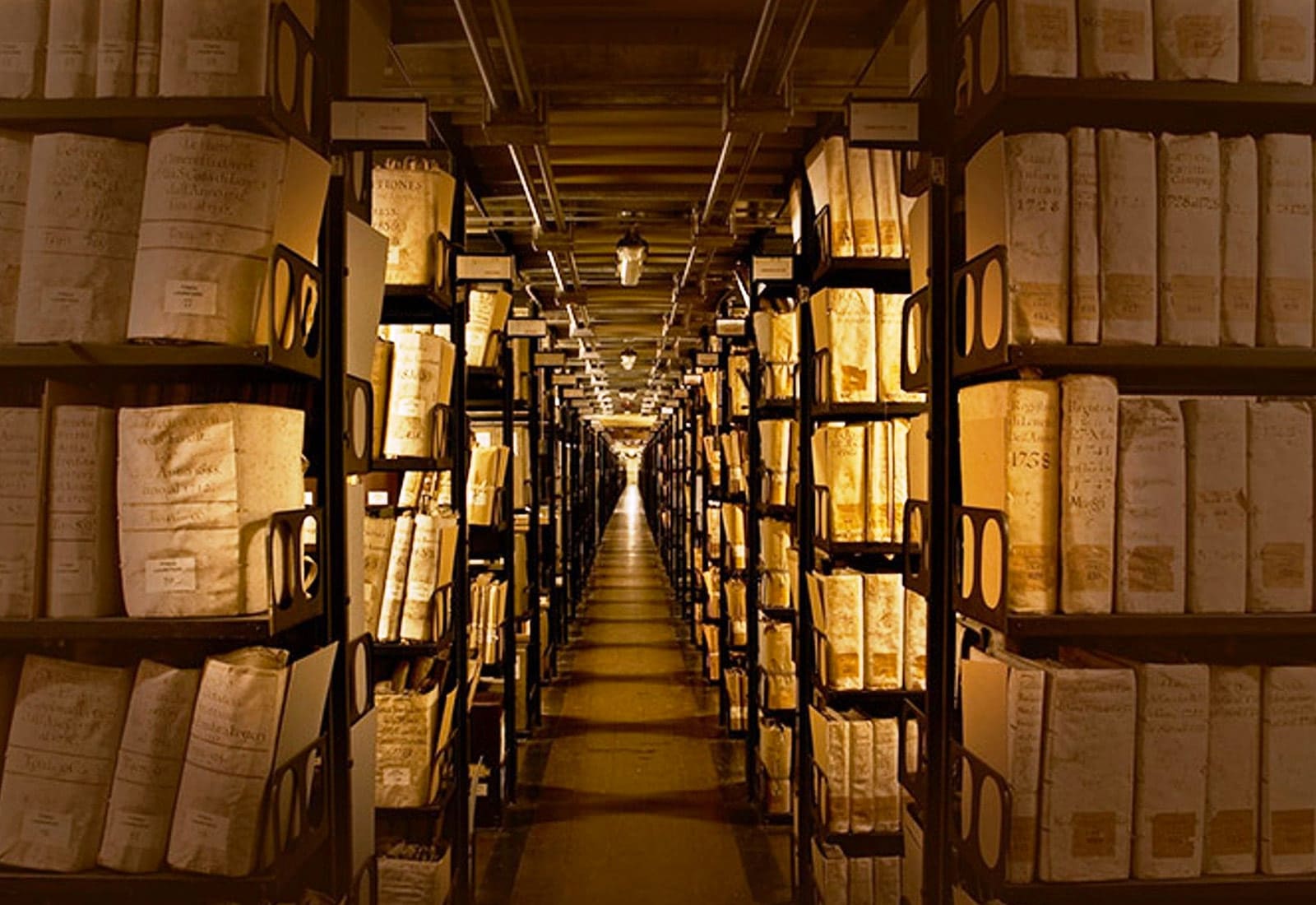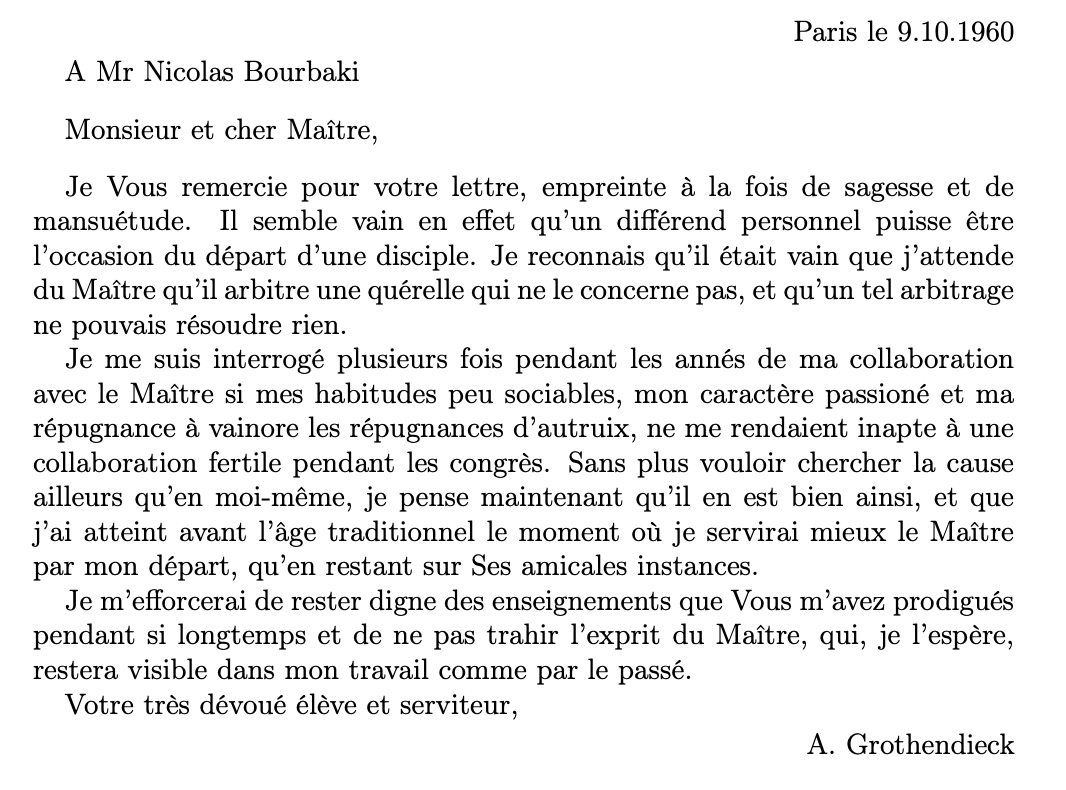At least six Bourbaki-congresses were held in ‘Royaumont’:
- La Tribu 18 : ‘Congres oecumenique du cocotier’, April 13th-25th 1949
- La Tribu 22 : ‘Congres de la revanche du cocotier’, April 5th-17th 1950
- La Tribu without number : ‘Congres de l’horizon’, October 8th-15th 1950
- La Tribu 26 : ‘Congres croupion’, October 1st-9th 1951
- La Tribu 31 : ‘Congres de la revelation du reglement’, JUne 6th-19th 1953
- La Tribu 32 : ‘Congres du coryza’, October 2nd-9th 1953
All meetings were pre-1954, so the ACNB generously grants us all access to the corresponding Bourbaki Diktats. From Diktat 31:
“The next congress will be held at the Abbey of Royaumont, from Saturday June 6th (not from June 5th as planned) to Saturday June 20th.
We meet at 10 a.m., June 6 at the Gare du Nord before the ticket-check. Train to Viarmes (change at Monsoult at 10.35 a.m.). Do not bring a ticket: one couch can transport 4 delegates.
Bring the Bible according to the following distribution:
Cartan: livre IV. Dixmier: Alg. 3, livre VI. Godement: Alg.4-5, Top. 1-2. Koszul: Top. 5-6-7-8-9. Schwartz: Top. 10, Alg. 1-2. Serre: Top. 3-4, livre V. Weil: Alg. 6-7, Ens. R.”

Royaumont Abbey is a former Cistercian abbey, located near Asnières-sur-Oise in Val-d’Oise, approximately 30 km north of Paris, France.
How did Bourbaki end up in an abbey? From fr.wikipedia Abbaye de Royaumont:
In 1947, under the direction of Gilbert Gadoffre, Royaumont Abbey became the “International Cultural Center of Royaumont”, an alternative place to traditional French university institutions. During the 1950s and 1960s, the former abbey became a meeting place for intellectual and artistic circles on an international scale, with numerous seminars, symposiums and conferences under the name “Cercle culturel de Royaumont”. Among its illustrious visitors came Nathalie Sarraute, Eugène Ionesco, Alain Robbe-Grillet, Vladimir Jankélévitch, Mircea Eliade, Witold Gombrowicz, Francis Poulenc and Roger Caillois.
And… less illustrious, at least according to the French edition of Wikipedia, the Bourbaki-gang.
Leave a Comment
